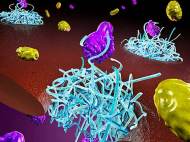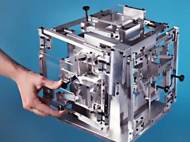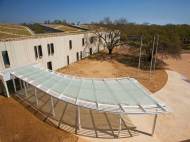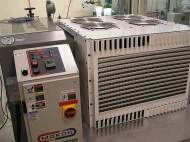Researchers achieved selective transport across a biomimetic nanopore
 Researchers at Delft University of Technology and the University of Basel have created a biomimetic nanopore that provides a unique test and measurement platform for the way that proteins move into a cell’s nucleus. The biomimetic pore is fully functional and able to act selective, thus it can be used as a testing platform for… »
Researchers at Delft University of Technology and the University of Basel have created a biomimetic nanopore that provides a unique test and measurement platform for the way that proteins move into a cell’s nucleus. The biomimetic pore is fully functional and able to act selective, thus it can be used as a testing platform for… »















